Still Mink
Member
1,163 posts
2,853
Seen 15th August 2023
1st June 2022, 10:20 AM
Happy Pride Month everyone, let's talk about the Rainbow Flag's history.
Introduction to the Rainbow Flag
Throughout the history of the United States, LGBTQ+ people have been subjugated to ridicule and prejudice, which has made them less likely to come out and be who they truly are. One of the major traits that have been blocked from the LGBTQ community for a long time, was visibility. In 1978, about 9 years after the original Stonewall Riots (which may be covered in this channel), Gilbert Baker was tasked by openly gay politician Harvey Milk to create a flag to represent the community, and show their pride in who they are. Helped by the brave Llyn Segerblom, James McNamara, and many others in the community, they helped make the rainbow flag a symbol of pride worldwide. This is the story.

Llyn Segerblom holding the rainbow flag near her home in Torrance
Who was Gilbert Baker?
The main man behind the rainbow flag design was born in 1951. Growing up he was always alienated by his peers for his interest in art and fashion. He would grow up constantly being ridiculed for being gay, even during his time in the military. When he opted to become a medic, he was stationed in San Francisco, where being gay was starting to become more coalesced around a large movement, which he found protection in. After the military, he would go on to use his aforementioned interests to organize anti-war marches, as well as pro-LGBTQ ones. He also was a very famous drag queen and a leader in the acceptance of drag. He dedicated his life to fighting for LGBTQ rights worldwide, wearing the rainbow flag wherever he went.

Gilbert Baker with a long gay pride flag behind him in the early 2000s.
Crafting The Pride Flags
Before making the Pride Flag, Gilbert was originally very negative towards flags and patriotism in general. Being disillusioned with his own country, he considered nationalism dangerous, and flags were a symbol of that nationalism. However, he soon changed his mind on the 200th anniversary of the United States, in 1976. Seeing how the American Flag became referenced in art across the nation, he saw that flags had an almost transcendent quality to them. This is how Baker describes it in his memoir, Rainbow Warrior,
"After the [redacted word] of bunting and hoopla surrounding the Bicentennial, I thought of flags in a new light. I discovered the depth of their power, their transcendent, transformational quality. I thought of the emotional connection they hold. I thought how most flags represented a place. They were primarily nationalistic, territorial, iconic propaganda — all things we questioned in the ‘70s. Gay people were tribal, individualistic, a global collective that was expressing itself in art and politics. We needed a flag to fly everywhere.”
For a while, the pink triangle was a prototype for a pride symbol. This was because, in Nazi Germany, homosexuals were given a pink triangle to identify themselves. Gilbert Baker and his friends found discomfort in the symbol, naturally so, because it was, after all, made by Adolf Hitler himself. His friend Artie Bressan talked about how the symbol for LGBTQ people should be one of love and usher in a "dawn of a new gay consciousness and freedom.” Gilbert Baker soon went to work on crafting the symbol. Taking inspiration from the United States stripes, the Tricolour, The Five Races Flag of China, and the tie-dye colors of the Hippie Movement, which his roommate Llyn Segerblom, helped foster, he came up with many ideas. But one night would eventually have him settle on the rainbow. He and his friend Cleve Jones would dance together at the Winterland Ballroom, with many hippies, bikers, butch lesbians, and others surrounding them. Above them, a swirl of psychedelic colors forms the Rainbow.

The First Pride Flag
The first pride flag Gilbert Baker produced was an 8-striped flag featuring the Rainbow, with the help of Segerblom's dyeing process and 30 volunteers. Only 2 of these would ever be made for a single pride parade. One of them was lost, but one was recovered as recently as 2020. The pink stood for (a word I probably cannot use), Red for Life, Orange for Healing, Yellow for Sunlight, Green for Nature, Turquoise for Magic, Indigo for Serenity, and Violet for Spirit.

The Second Pride Flag
The assassination of Harvey Milk drove up demand from the community for more of these flags to be produced. However, to the unavailability of hot pink dye at the time, hot pink was ditched from later flags. The Paramount Flag company would help to produce the 7 striped design for about a year until the flag was changed again.

The Third Pride Flag
Baker wanted his flag to be draped over street lamps and wanted an even number of stripes to achieve the effect of the stripes flanking each pole. Royal Blue replaced the Turquoise and Indigo. This would become the standard until about 2019.

If you'd like me to go deeper into pride flag history, let me know. But with that, here's one of my favorite quotes from Mr. Baker.

Introduction to the Rainbow Flag
Throughout the history of the United States, LGBTQ+ people have been subjugated to ridicule and prejudice, which has made them less likely to come out and be who they truly are. One of the major traits that have been blocked from the LGBTQ community for a long time, was visibility. In 1978, about 9 years after the original Stonewall Riots (which may be covered in this channel), Gilbert Baker was tasked by openly gay politician Harvey Milk to create a flag to represent the community, and show their pride in who they are. Helped by the brave Llyn Segerblom, James McNamara, and many others in the community, they helped make the rainbow flag a symbol of pride worldwide. This is the story.

Llyn Segerblom holding the rainbow flag near her home in Torrance
Who was Gilbert Baker?
The main man behind the rainbow flag design was born in 1951. Growing up he was always alienated by his peers for his interest in art and fashion. He would grow up constantly being ridiculed for being gay, even during his time in the military. When he opted to become a medic, he was stationed in San Francisco, where being gay was starting to become more coalesced around a large movement, which he found protection in. After the military, he would go on to use his aforementioned interests to organize anti-war marches, as well as pro-LGBTQ ones. He also was a very famous drag queen and a leader in the acceptance of drag. He dedicated his life to fighting for LGBTQ rights worldwide, wearing the rainbow flag wherever he went.

Gilbert Baker with a long gay pride flag behind him in the early 2000s.
Crafting The Pride Flags
Before making the Pride Flag, Gilbert was originally very negative towards flags and patriotism in general. Being disillusioned with his own country, he considered nationalism dangerous, and flags were a symbol of that nationalism. However, he soon changed his mind on the 200th anniversary of the United States, in 1976. Seeing how the American Flag became referenced in art across the nation, he saw that flags had an almost transcendent quality to them. This is how Baker describes it in his memoir, Rainbow Warrior,
"After the [redacted word] of bunting and hoopla surrounding the Bicentennial, I thought of flags in a new light. I discovered the depth of their power, their transcendent, transformational quality. I thought of the emotional connection they hold. I thought how most flags represented a place. They were primarily nationalistic, territorial, iconic propaganda — all things we questioned in the ‘70s. Gay people were tribal, individualistic, a global collective that was expressing itself in art and politics. We needed a flag to fly everywhere.”
For a while, the pink triangle was a prototype for a pride symbol. This was because, in Nazi Germany, homosexuals were given a pink triangle to identify themselves. Gilbert Baker and his friends found discomfort in the symbol, naturally so, because it was, after all, made by Adolf Hitler himself. His friend Artie Bressan talked about how the symbol for LGBTQ people should be one of love and usher in a "dawn of a new gay consciousness and freedom.” Gilbert Baker soon went to work on crafting the symbol. Taking inspiration from the United States stripes, the Tricolour, The Five Races Flag of China, and the tie-dye colors of the Hippie Movement, which his roommate Llyn Segerblom, helped foster, he came up with many ideas. But one night would eventually have him settle on the rainbow. He and his friend Cleve Jones would dance together at the Winterland Ballroom, with many hippies, bikers, butch lesbians, and others surrounding them. Above them, a swirl of psychedelic colors forms the Rainbow.

The First Pride Flag
The first pride flag Gilbert Baker produced was an 8-striped flag featuring the Rainbow, with the help of Segerblom's dyeing process and 30 volunteers. Only 2 of these would ever be made for a single pride parade. One of them was lost, but one was recovered as recently as 2020. The pink stood for (a word I probably cannot use), Red for Life, Orange for Healing, Yellow for Sunlight, Green for Nature, Turquoise for Magic, Indigo for Serenity, and Violet for Spirit.

The Second Pride Flag
The assassination of Harvey Milk drove up demand from the community for more of these flags to be produced. However, to the unavailability of hot pink dye at the time, hot pink was ditched from later flags. The Paramount Flag company would help to produce the 7 striped design for about a year until the flag was changed again.

The Third Pride Flag
Baker wanted his flag to be draped over street lamps and wanted an even number of stripes to achieve the effect of the stripes flanking each pole. Royal Blue replaced the Turquoise and Indigo. This would become the standard until about 2019.

If you'd like me to go deeper into pride flag history, let me know. But with that, here's one of my favorite quotes from Mr. Baker.






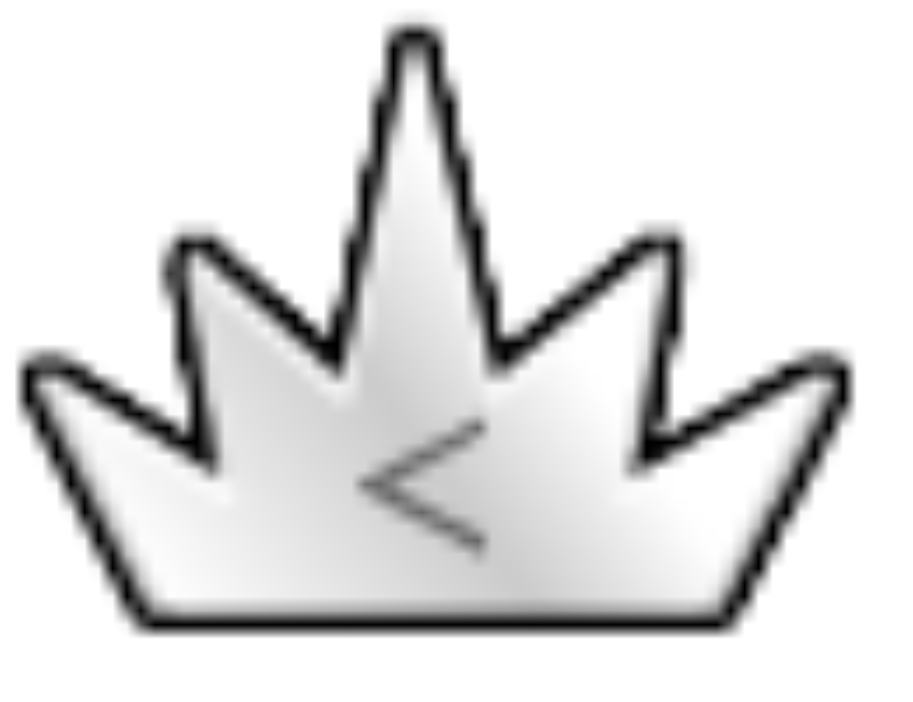


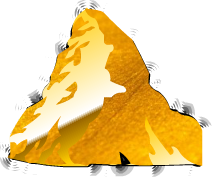
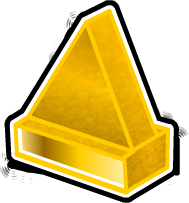


















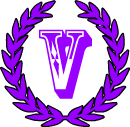







 CrimeSolvers
CrimeSolvers 






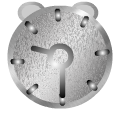
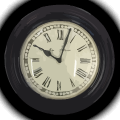
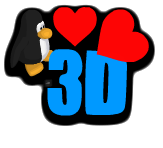


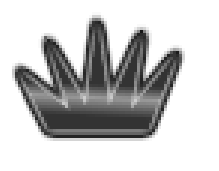

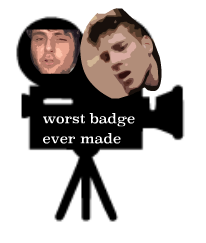


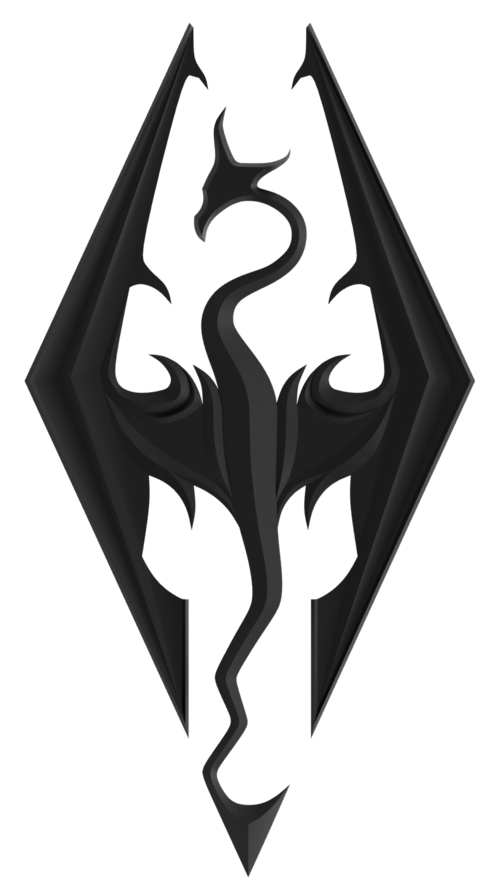 Septim
Septim 

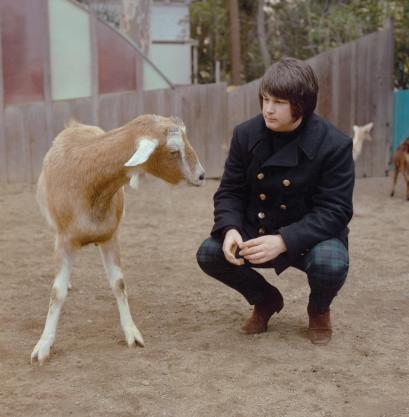







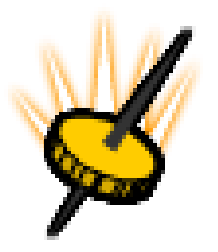
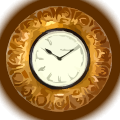





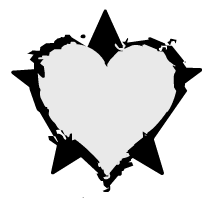

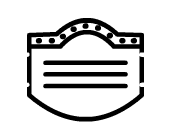
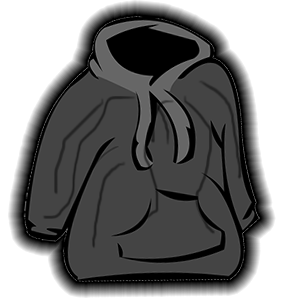 Hoodies
Hoodies 



